Lenzites betulinus
Scientific name: Lenzites betulinus (L.) Fr.
Derivation of name: Lenzites is named for the mycologist
H. O. Lenz; betulinus means "inhabiting birch trees" although
birch (Betula)
is only one of many tree genera occurring as
a substrate.
Synonymy: Daedalea betulina Fr.; Trametes betulina (L.)
Pilat
Common names: Multicolor gill polypore.
Phylum: Basidiomycota
Order: Polyporales
Family: Polyporaceae
Occurrence on wood substrate: Saprobic; solitary or
grouped on dead deciduous and conifer wood; July through
December.
Dimensions: Caps 3-10 cm wide.
Upper surface: Covered with coarse hairs; concentrically
zoned with various colors, older specimens sometimes tinted
green with algae.
Pore surface: White to creamy-white; gill-like.
Edibility: Inedible.
Comments: The gills are tough and leathery, unlike the gills
of the true gilled mushrooms. The pores of this poroid fungus
develop into gill-like structures.
More information at MushroomExpert.com:
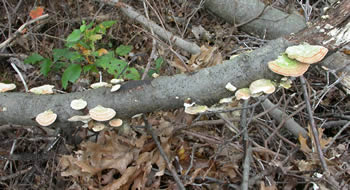
Figure 1. Lenzites betulinus on a dead branch.
Photo © Gary Emberger.
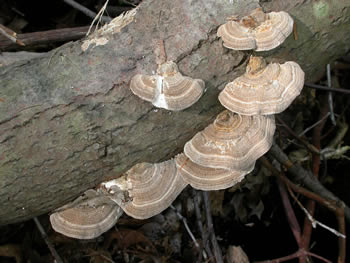
Figure 2.
Zonate specimens but not particularly colorful.
Photo © Gary Emberger.
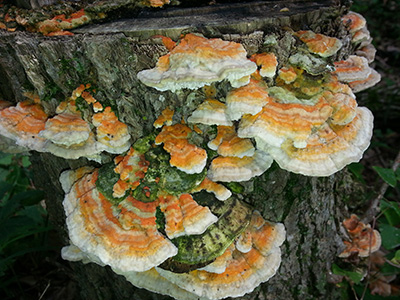
Figure 3. An amazingly colorful specimen!
Photo © Geroge Morrison.
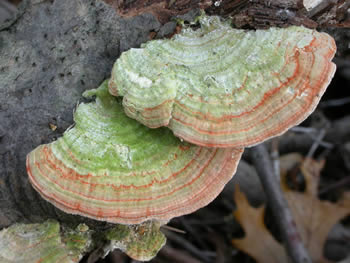
Figure 4. Colorful concentric zonation with a little green
thrown in (from the growth of algae) for good measure.
Photo © Gary Emberger.
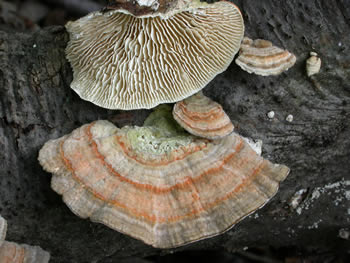
Figure 5. Turning over a cap reveals the distinctive
gill-like structures of this species.
Photo © Gary Emberger.
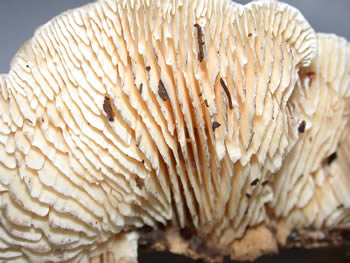
Figure 6. A close-up of the gills. Photo © Tom Volk.